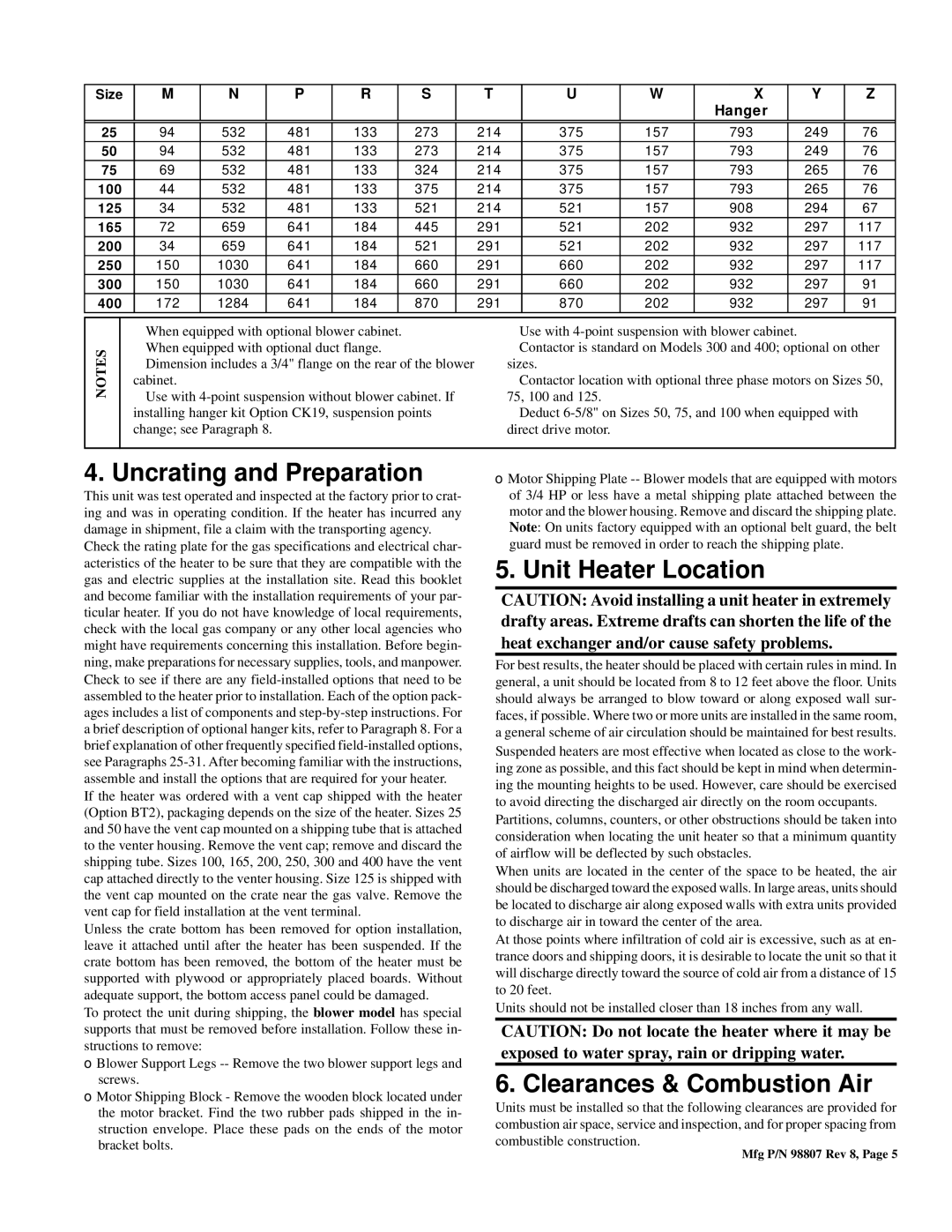BE, FE specifications
Thomas & Betts, a subsidiary of ABB, is renowned for its innovative electrical products and solutions, particularly in the fields of connectors, terminals, and wiring devices. Among its extensive product lineup, the FE and BE series stand out for their exceptional performance and versatility in various applications.The FE (Flat Eye) and BE (Blank Eye) connectors are designed to provide reliable electrical connections in demanding environments. These connectors are particularly well-suited for industrial, commercial, and residential applications, ensuring that they meet the rigorous standards required in these fields.
One of the key features of the FE and BE connectors is their robust construction. Made from high-quality materials, they are resistant to corrosion, moisture, and other environmental factors that could compromise the integrity of the connection. The connectors are engineered to withstand high temperatures and mechanical stress, making them ideal for use in harsh conditions where reliability is essential.
Moreover, the design of FE and BE connectors facilitates easy installation and maintenance. The connectors come with user-friendly features such as a clear labeling system and intuitive locking mechanisms, ensuring a secure fit and minimizing the risk of connection failure. Additionally, these connectors are compatible with various wire sizes, offering flexibility for different projects.
Technologically, Thomas & Betts has integrated advanced manufacturing processes to ensure precision and consistency in the production of FE and BE connectors. This attention to detail results in products that not only meet but often exceed industry standards, providing customers with peace of mind regarding their electrical systems.
In terms of performance, the FE and BE connectors deliver exceptional conductivity, which is critical for minimizing energy loss and ensuring efficient operation in electrical systems. This characteristic is especially important in applications where energy efficiency and reliability are paramount.
In summary, Thomas & Betts FE and BE connectors embody a perfect blend of durability, ease of use, and technological advancement. Their robust design, compatibility with various wire sizes, and resistance to environmental stressors make them a preferred choice for professionals in the electrical industry. With a commitment to quality and innovation, Thomas & Betts continues to set the standard in electrical connectivity solutions, ensuring that their products remain at the forefront of the industry.

